Buckwheat is a pseudo-cereal, a grain-like seed from a plant in the knotweed family, which is related to rhubarb and sorrel, not wheat. The plant itself is a fast-growing annual with heart-shaped leaves and reddish stems, producing small white flowers. The edible part is the triangular-shaped seed, known as groats, which are hulled and can be used whole, cracked, or ground into flour. With a mild, nutty flavor, buckwheat is a versatile ingredient in cuisines around the world, especially in Asia and Europe, and is a staple in a wide variety of dishes from porridge and noodles to pancakes and crepes.
Health Benefits
Buckwheat is considered a “superfood” due to its rich nutritional profile and has been linked to numerous health benefits.
Helps Manage Blood Sugar: Buckwheat has a low glycemic index and is a good source of complex carbohydrates and fiber. This helps the body break down food slower, leading to a more stable blood sugar level and improved insulin sensitivity, which is beneficial for people with diabetes.
Boosts Heart Health: Rich in fiber, antioxidants, and a flavonoid called rutin, buckwheat can help improve blood cholesterol levels by lowering LDL (“bad”) cholesterol and triglycerides. It may also help lower blood pressure.
Supports Digestive Health: Buckwheat is a great source of dietary fiber, particularly insoluble fiber. This helps with gut motility, prevents constipation, and supports a healthy gut microbiome.
Rich in High-Quality Protein: Buckwheat is a complete protein, containing all nine essential amino acids, including lysine, which is often deficient in other grains. This makes it an excellent plant-based protein source.
Aids in Weight Management: The high protein and fiber content in buckwheat promotes feelings of fullness (satiety), which can help reduce overall calorie intake and support weight management goals.
High in Antioxidants: It is a rich source of powerful antioxidants like rutin and quercetin, which help protect the body from oxidative stress and inflammation.
Good Source of Minerals and Vitamins: It is packed with essential minerals like magnesium, manganese, copper, and phosphorus, and a variety of B vitamins, which are vital for nerve function, energy production, and bone health.
Various Uses
Buckwheat’s versatility allows it to be used in a wide range of culinary applications.
Whole Groats: Can be cooked and eaten as a substitute for rice, quinoa, or other grains in salads, pilafs, or as a breakfast porridge.
Flour: Buckwheat flour is a popular gluten-free alternative for baking, used to make pancakes (like French galettes), crepes, muffins, and breads.
Noodles: It is the primary ingredient in popular noodles like Japanese soba noodles and Italian pizzoccheri.
Kasha: Roasted buckwheat groats, known as kasha, have a nuttier flavor and are often used in Eastern European cuisine.
Flakes: Buckwheat flakes can be used to make a quick and nutritious breakfast porridge.
Nutritional Facts (Approximate per 100g cooked)
NutrientAmount% Daily ValueCalories92 kcalTotal Fat0.6 g1%Saturated Fat0.1 g0%Cholesterol0 mg0%Sodium2 mg0%Total Carbohydrates19.9 g7%Dietary Fiber2.7 g11%Sugars0.4 gProtein3.4 g7%


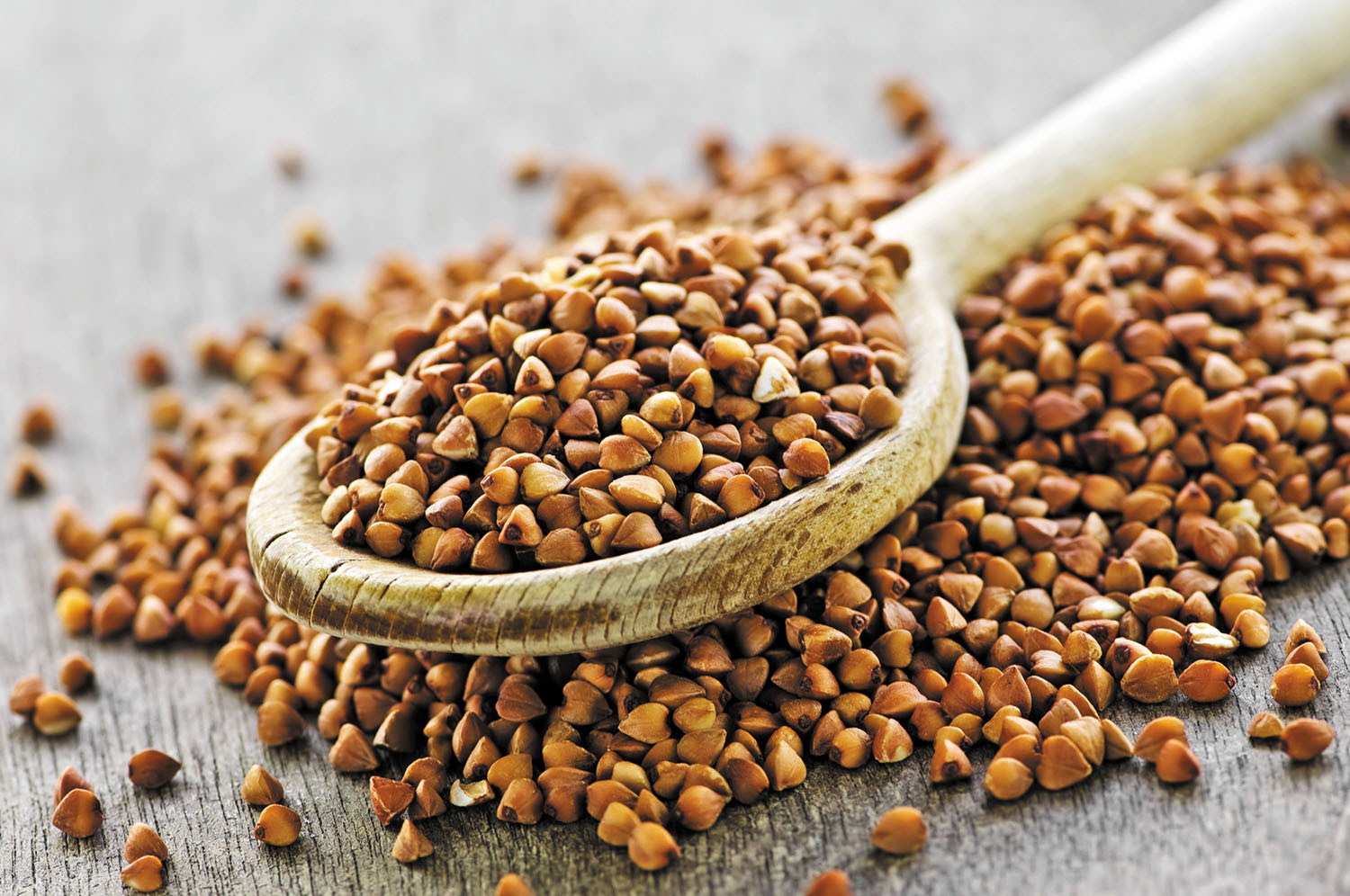
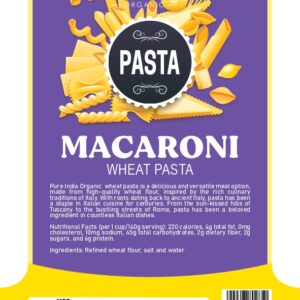
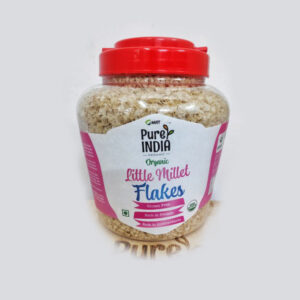
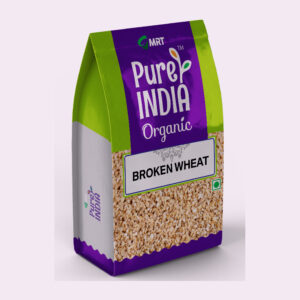

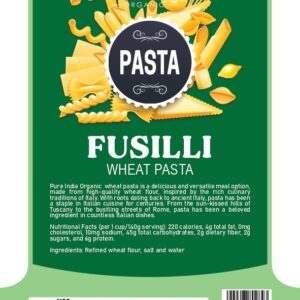
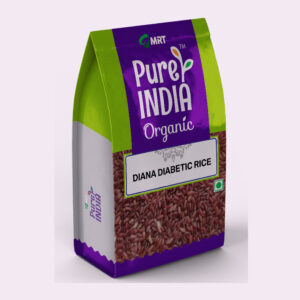
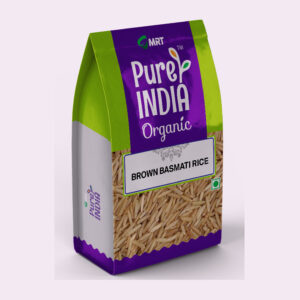
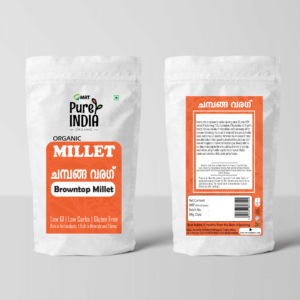
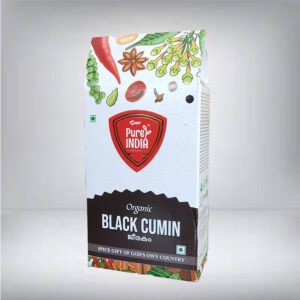
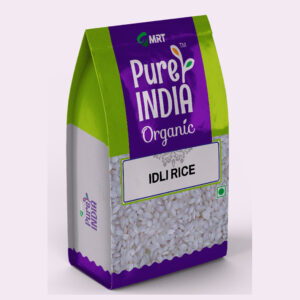
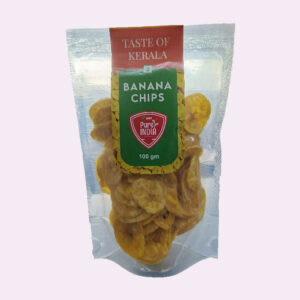
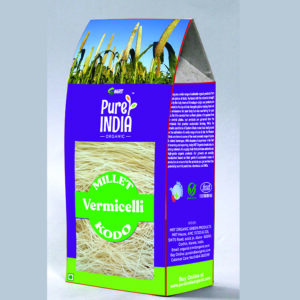






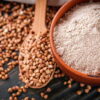
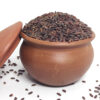
Reviews
There are no reviews yet.